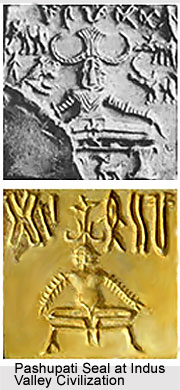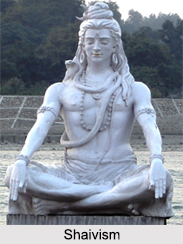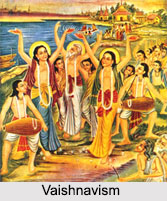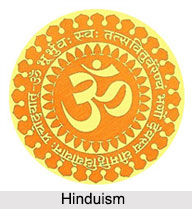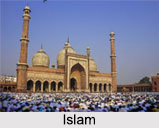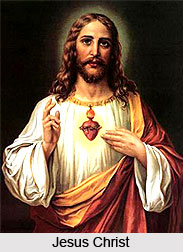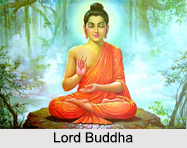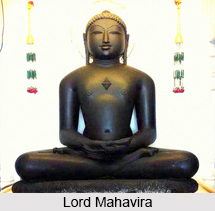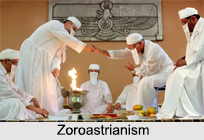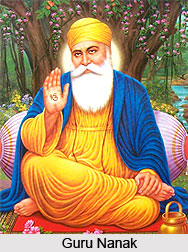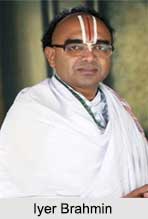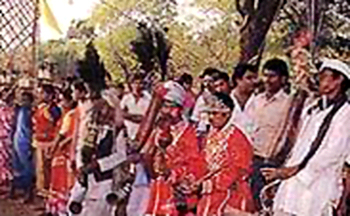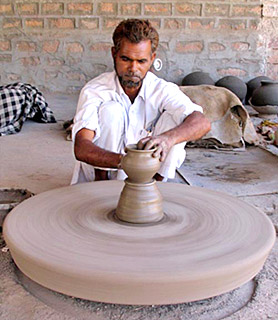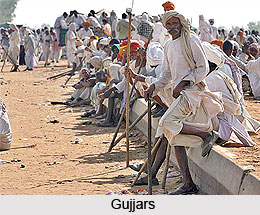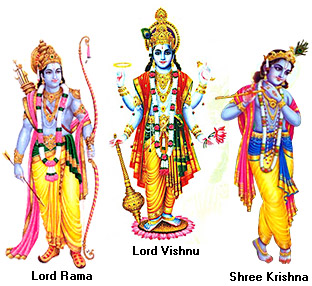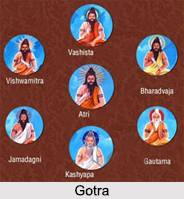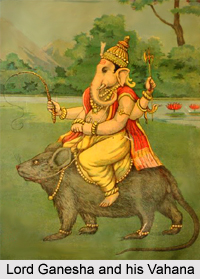 The Legend of Lord Ganesha and Gajamugasuran refers to the tale of the deity and the divine muse, which serves as his vahana. Once an Asura (demon) known as Gajamugasuran engaged in deep meditation or tapas and worshipped Shiva, the father of Ganesha, with utmost devotion and faith. Lord Shiva became pleased and granted the Asura many boons, which made him tremendously powerful. Later Gajamugasuran created several impediments and problems for the Gods, deities and the sages. The demon compelled the deities and sages to complete 1008 Thoeppukaranams or squats during the early morning, by holding their ears with crossed hands.
The Legend of Lord Ganesha and Gajamugasuran refers to the tale of the deity and the divine muse, which serves as his vahana. Once an Asura (demon) known as Gajamugasuran engaged in deep meditation or tapas and worshipped Shiva, the father of Ganesha, with utmost devotion and faith. Lord Shiva became pleased and granted the Asura many boons, which made him tremendously powerful. Later Gajamugasuran created several impediments and problems for the Gods, deities and the sages. The demon compelled the deities and sages to complete 1008 Thoeppukaranams or squats during the early morning, by holding their ears with crossed hands.
The deities or Devas and sages prayed to Shiva and asked him to help them escape the torment of the Asura. Thus, Lord Shiva sent Lord Ganesha, the Remover of Obstacles to defeat and eliminate the demonic Gajamugasuran. Ganesha went to fight the demon with various weapons like axe, sword, bow and arrow etc. But as Gajamugasuran was granted a boon by Shiva himself, so he could not be annihilated by the weapons of Ganesha (Lord Vinayaka).
In anger, Lord Ganesha broke his right tusk and utilized it as a weapon to slay Gajamugasuran. But the demon rushed and attacked the lord in the appearance of a small mouse or shrew (mooshikam). The elephant headed Ganesha, sat on the mouse and crushed the vanity and ego of Gajamugasuran asura. The demon realized his limitation and bowed before the lord. Then Lord Ganesha accepted him as his vahana or mount.
This article is a stub. You may enrich it by adding more information to it. You can send your write-up at content@indianetzone.com
